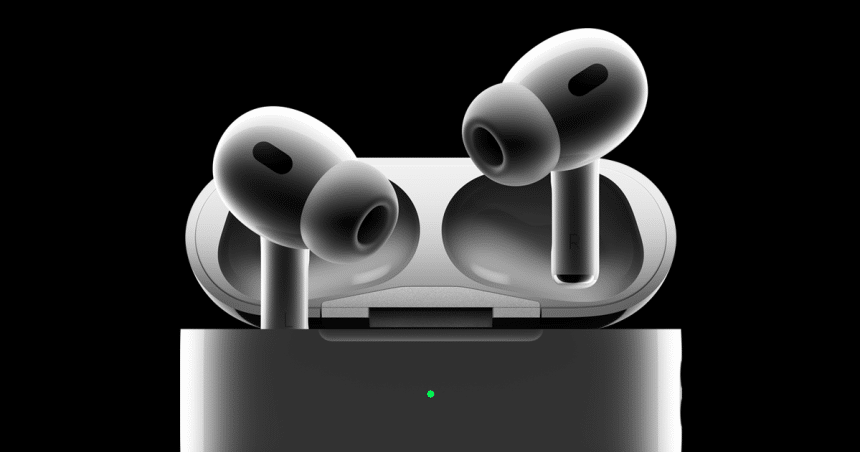Apple is facing a class-action lawsuit over alleged audio defects in its first-generation AirPods Pro. Filed in the U.S. District Court for the Northern District of California, the lawsuit accuses the tech giant of false advertising and failure to address persistent sound issues despite widespread consumer complaints.
Defects Highlighted in the Lawsuit
The 51-page lawsuit outlines recurring problems such as crackling sounds, static noise, and malfunctioning noise cancellation. These issues reportedly occur in noisy environments or during phone calls, contradicting Apple’s marketing claims of “superior audio quality.” While Apple launched a service program in 2020 to address defects, the company allegedly continued selling flawed units until 2022.

Consumers Demand Accountability
Plaintiffs in the case argue that Apple knowingly sold defective products at a premium price. Customers who received replacement units under the service program frequently reported the same defects. The lawsuit alleges Apple violated multiple consumer protection laws, including California’s Consumer Legal Remedies Act and Unfair Competition Law. Plaintiffs seek damages, attorneys’ fees, and a resolution requiring Apple to repair or replace affected units.
Post-2020 Manufacturing Raises Questions
Although Apple acknowledged defects in AirPods Pro Gen 1 units made before October 2020, the lawsuit claims that similar issues persisted in later models. The company allegedly failed to notify consumers of an extended service program introduced in 2021, which covered affected units for three years after purchase.
A Wake-Up Call for Apple
This legal battle highlights concerns about Apple’s product quality and transparency. As the lawsuit progresses, it could set a precedent for how companies address defects and uphold customer trust. Impacted AirPods Pro users are encouraged to stay updated on the case’s developments and possible resolutions.












